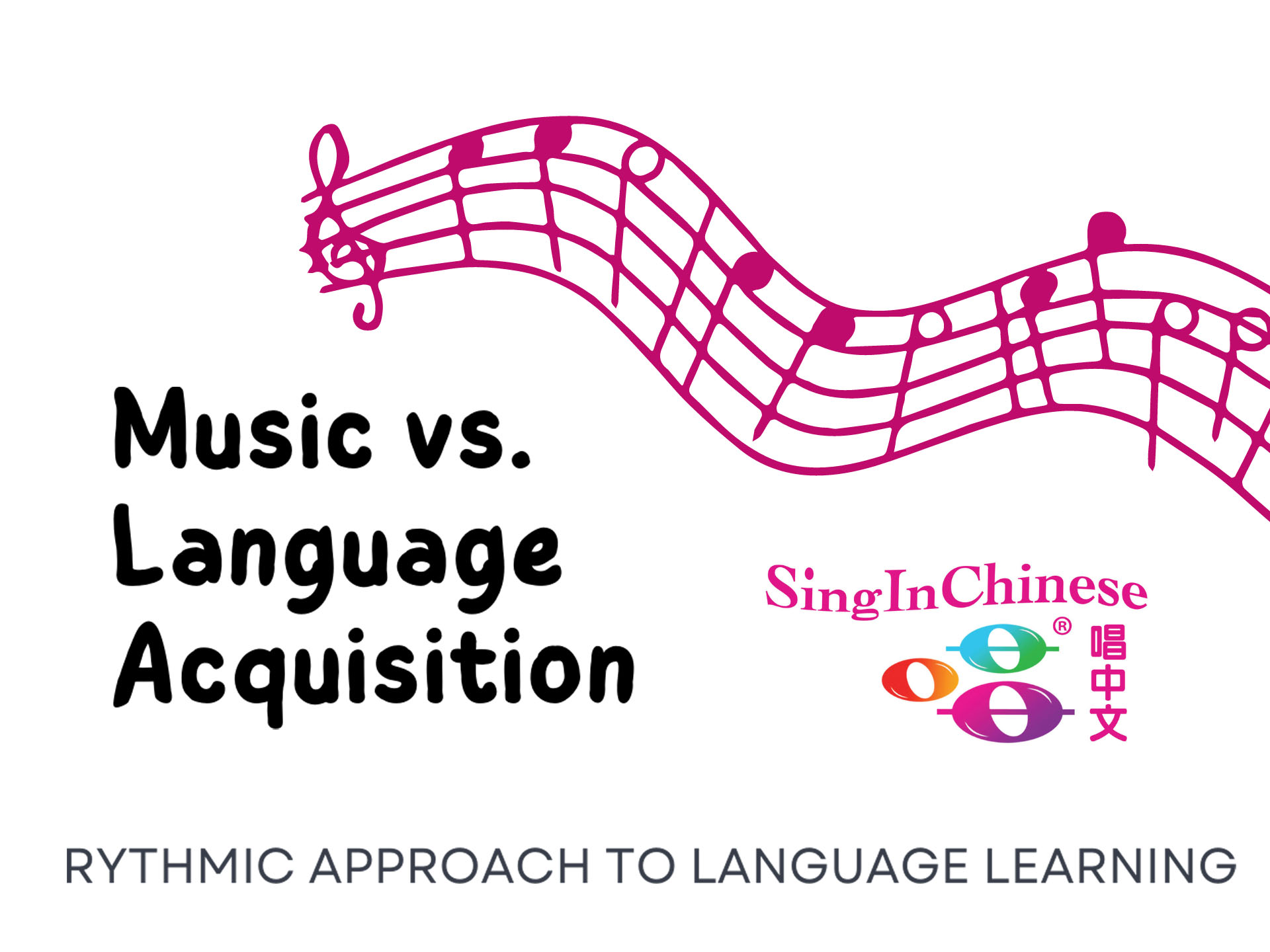
"Harmonizing the Journey: A Timeline of Language Acquisition and the Rhythmic Approach to Second Language Learning"
Language acquisition is a dynamic and intricate process that evolves through various stages, each marked by distinct milestones. For individuals embarking on the journey of acquiring a second language, understanding the timeline and stages can be instrumental in gauging progress. In this blog post, we will explore the timeline of language acquisition, delve into the stages of second language acquisition, and highlight how a song-based curriculum can expedite and enhance the learning experience.
The 4 Stages of Second Language Acquisition
In the context of second language acquisition, there are generally predictable phases that learners go through, although the timeline may vary based on factors such as age, exposure, and individual differences.
Let's explore how our song-based curriculum at Sing in Chinese can influence and expedite these stages.
1. Engagement in the Pre-Production Stage: Music has a universal appeal that transcends linguistic barriers. In the silent period, when learners are absorbing the new language, exposure to songs provides a non-threatening and enjoyable way to familiarize themselves with vocabulary, pronunciation, and intonation.
2. Facilitating Early Production: The rhythmic and melodic aspects of songs make language more memorable. Learners find themselves naturally inclined to repeat lyrics and participate in simple sing-alongs, contributing to the early production stage. This interactive approach accelerates the transition from passive comprehension to active language use.
3. Enhancing Speech Emergence: Songs often incorporate repetitive patterns, aiding learners in grasping grammatical structures and expanding their vocabulary. The dynamic nature of music encourages learners to experiment with pronunciation and intonation, fostering increased confidence in spoken language.
4. Boosting Intermediate and Advanced Fluency: As learners progress, the complexity of songs can be adjusted to align with their developing proficiency. Exposure to a variety of musical genres, lyrics, and cultural nuances contributes to a more profound understanding of the language. Additionally, songs offer exposure to colloquial expressions, idioms, and regional variations, enriching learners' linguistic repertoire.
In conclusion, the timeline of language acquisition is a journey marked by significant milestones, and the stages of second language acquisition can be influenced and expedited through innovative approaches such as the one we offer at Sing in Chinese.
Our song-based curriculum, with its engaging and interactive nature, proves to be a powerful tool in shortening the timeline for each stage. By harmonizing the linguistic experience through music, learners not only accelerate their language acquisition but also cultivate a deep appreciation for the cultural and artistic dimensions of the language they are mastering.
So, let the melody guide your child’s language journey, and sing your way to fluency!